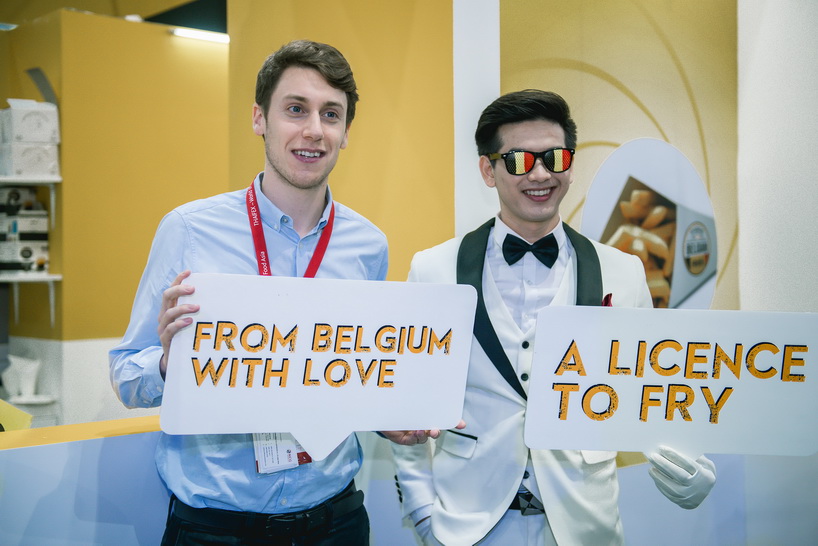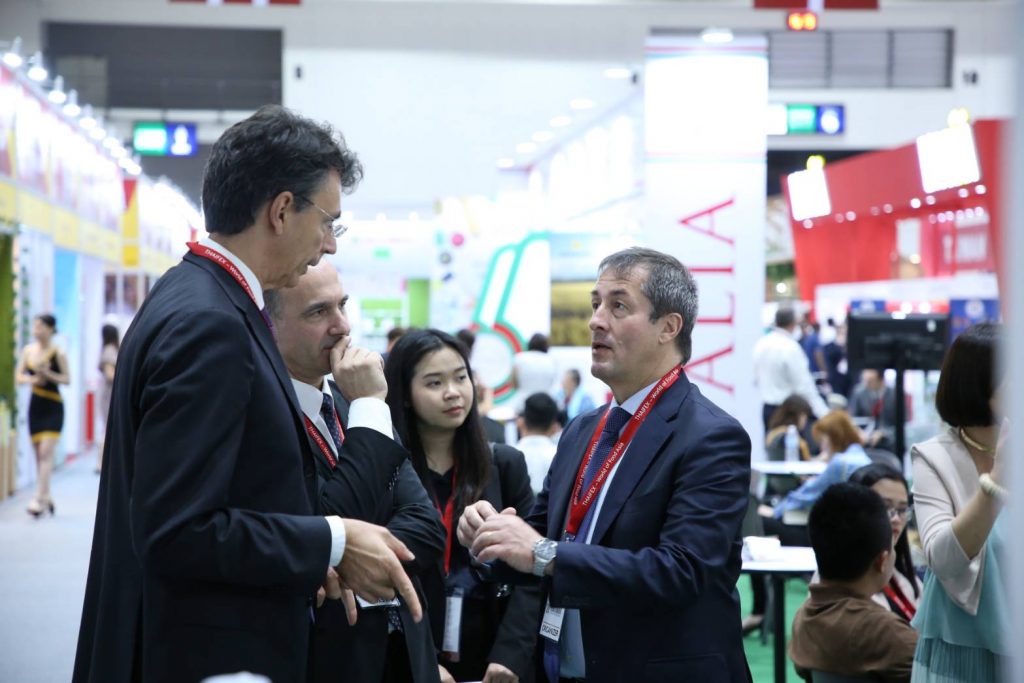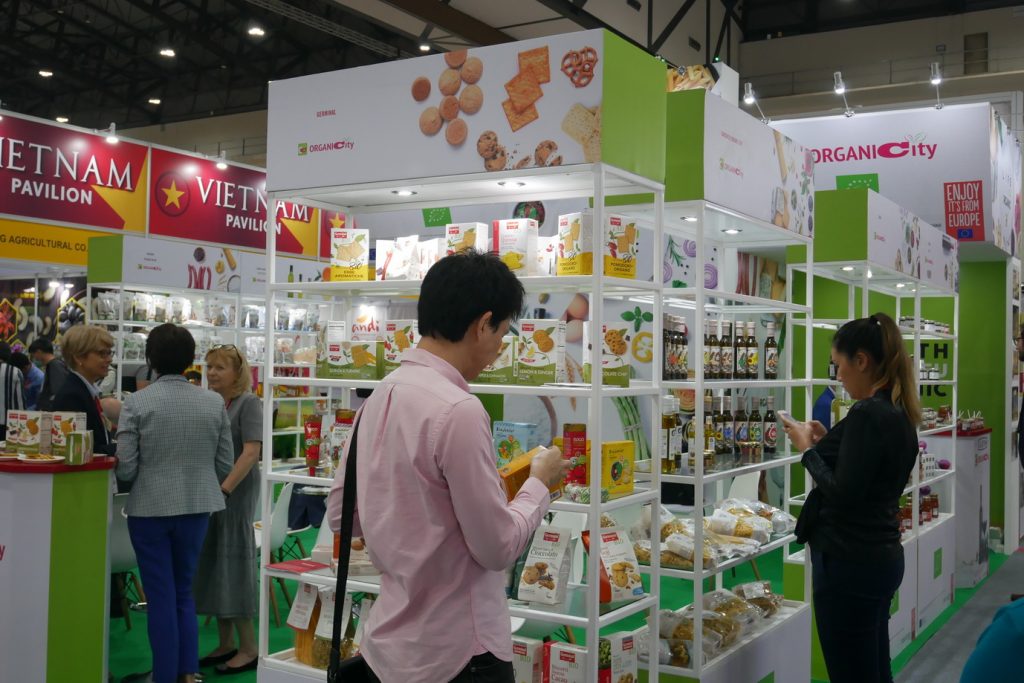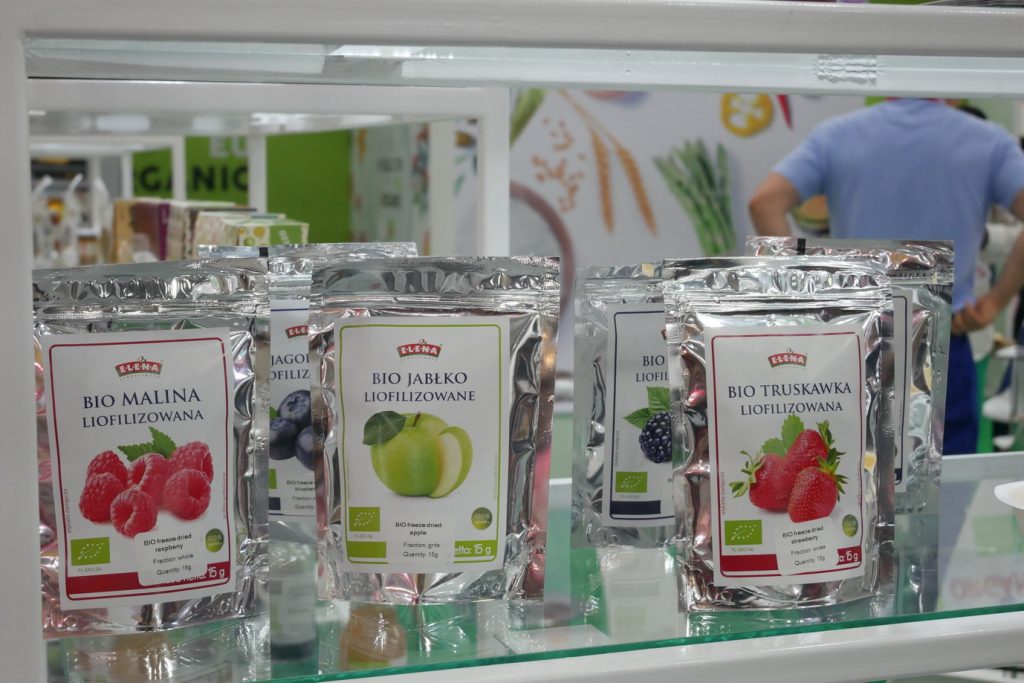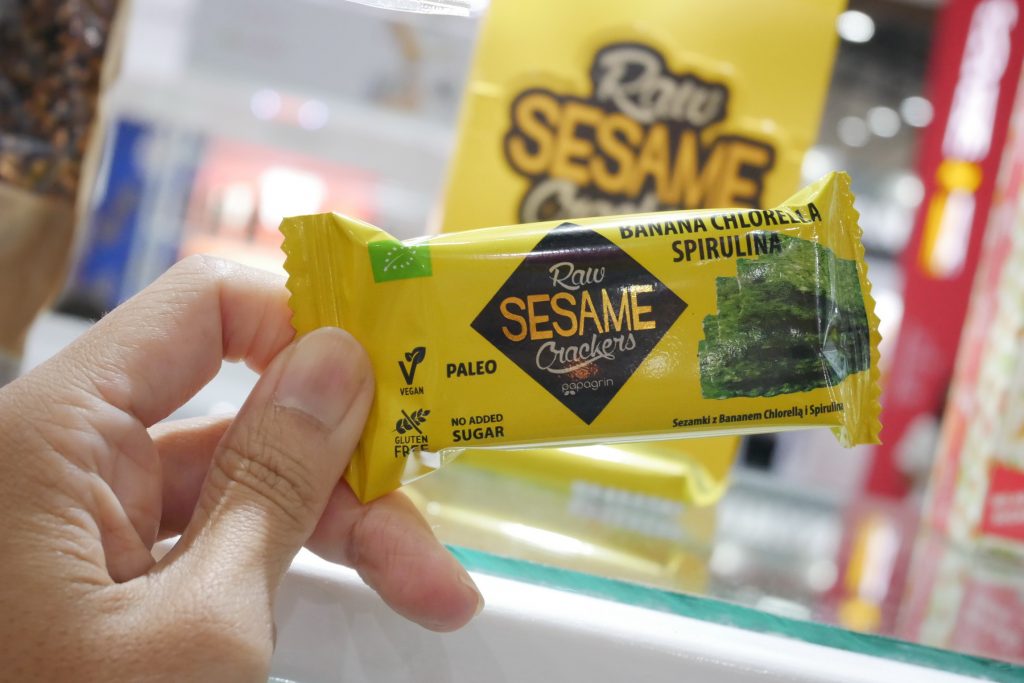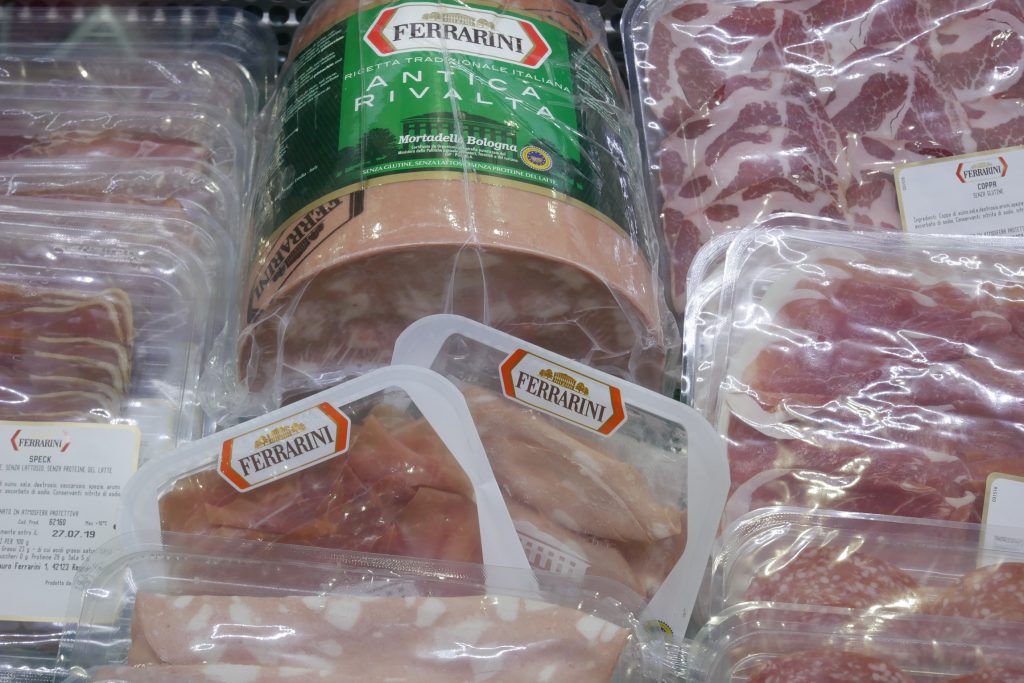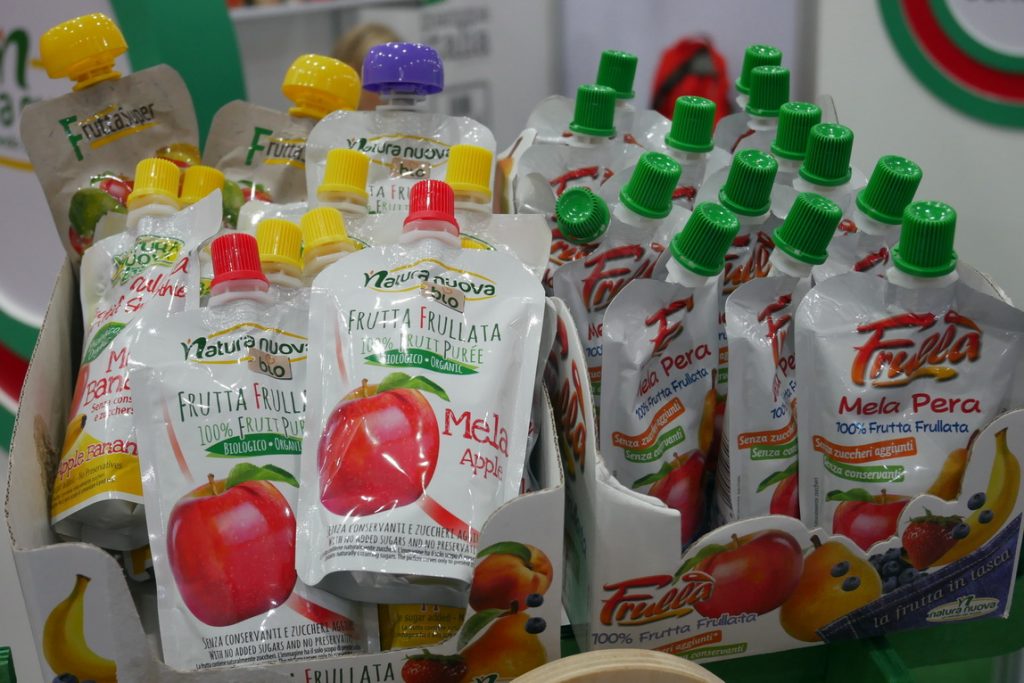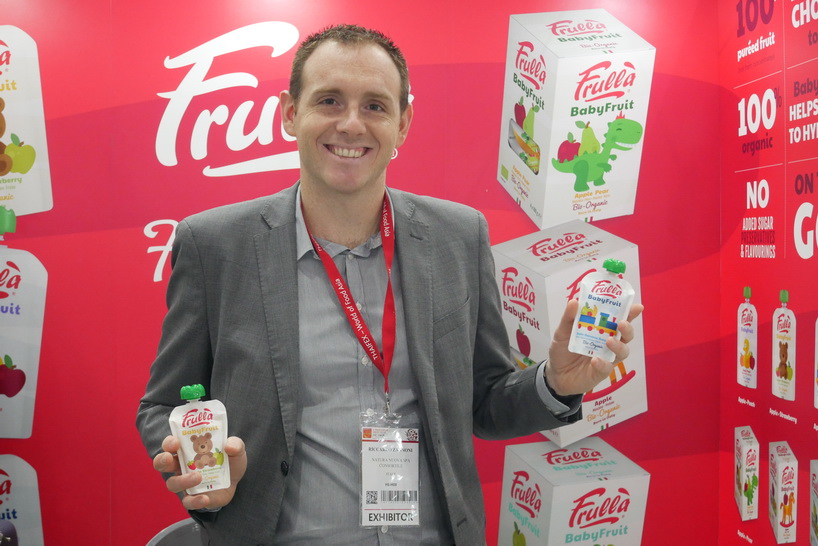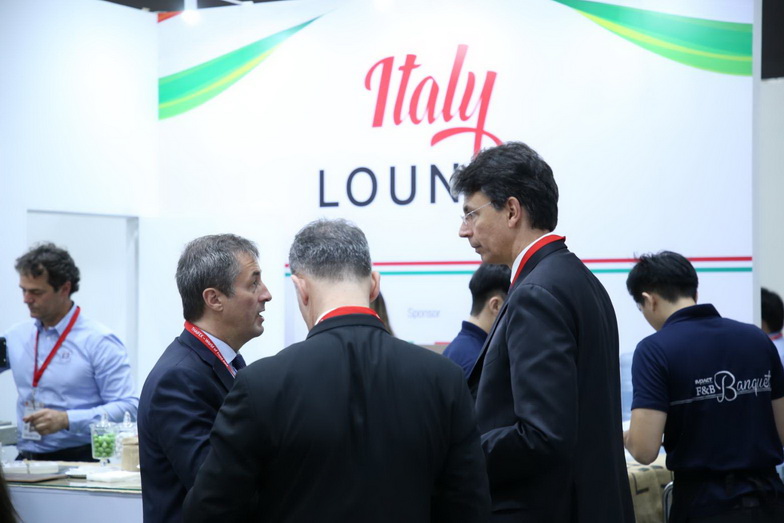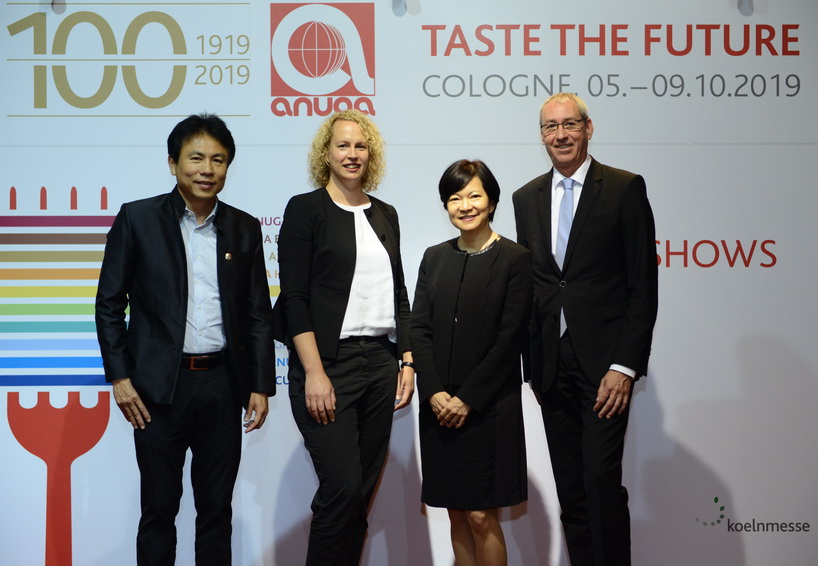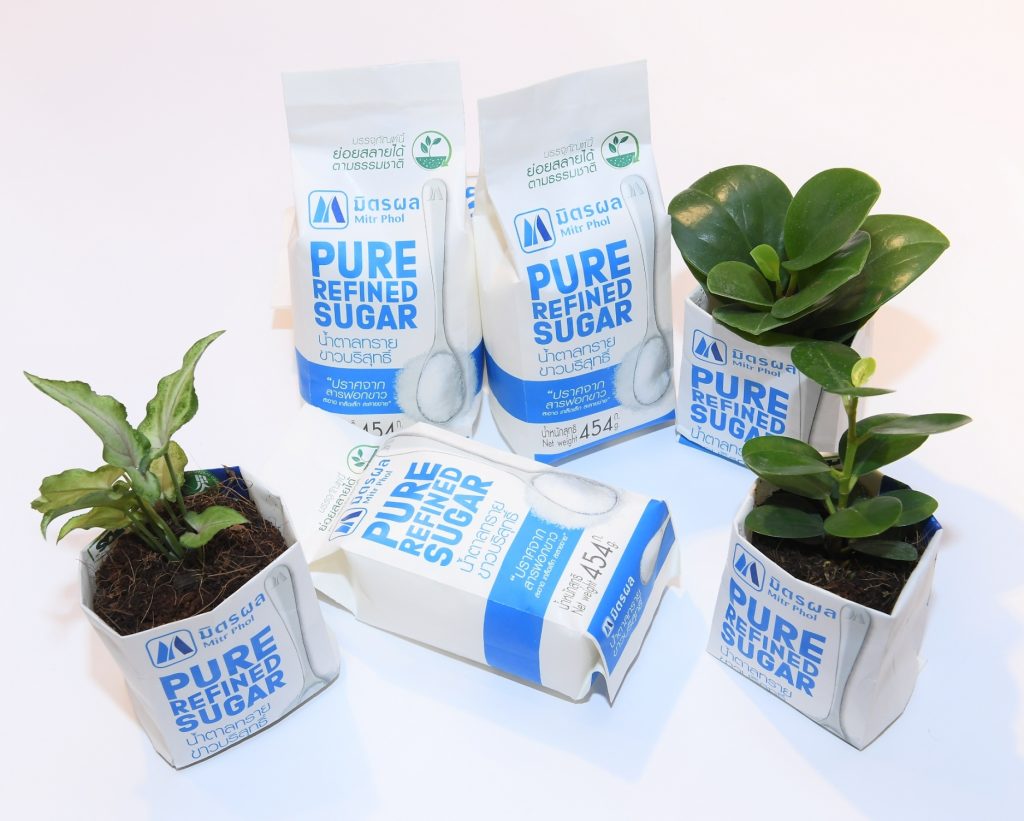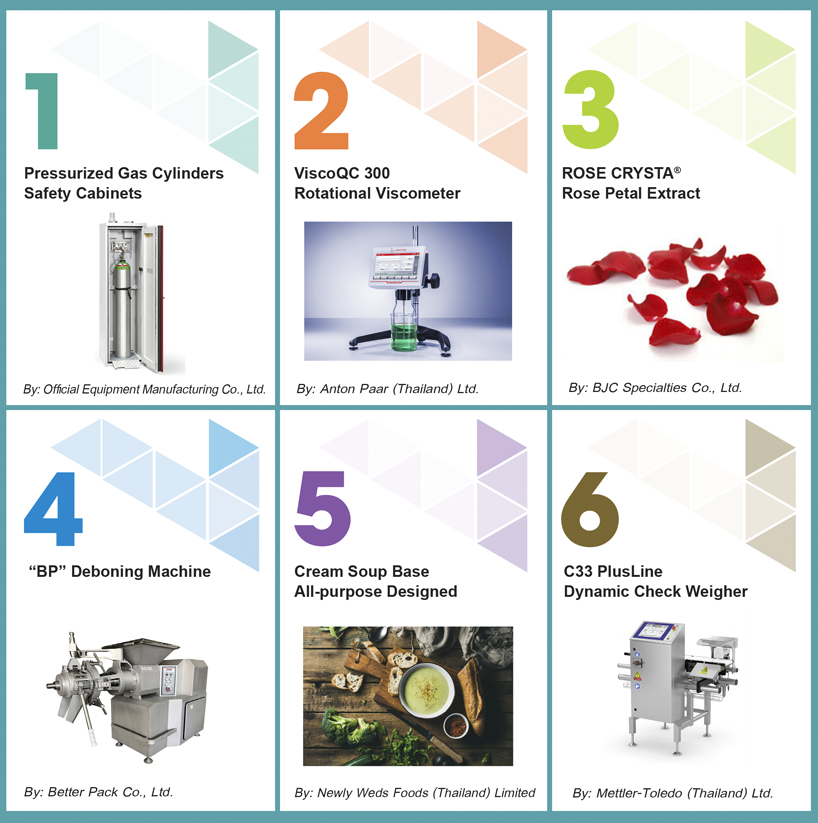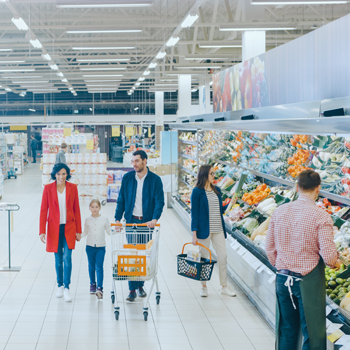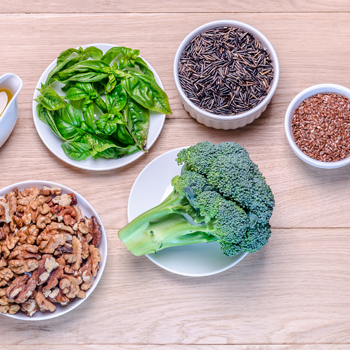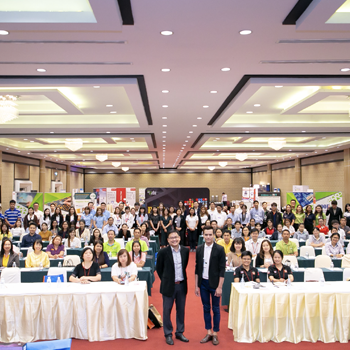กรุงเทพฯ, – คณะกรรมการการตลาดเพื่อการเกษตรฟลานเดอร์ส (Flanders Agricultural Marketing Board – VLAM) นำ 5 ผู้ส่งออกมันฝรั่งทอดรายใหญ่ของเบลเยียมร่วมจัดแสดงสินค้าในงาน “THAIFEX World of Food Asia” ระหว่างวันที่ 28 พฤษภาคม – 1 มิถุนายน 2562 ที่ผ่านมา โดยบริษัททั้ง 5 แห่ง ซึ่งได้แก่ Agristo, Bart’s Potato Company, Clarebout Potatoes, Ecofrost และ Mydibel ร่วมนำเสนอสินค้าในกลุ่ม “Belgian Fries” เพื่อขยายเครือข่ายธุรกิจ เพิ่มส่วนแบ่งในตลาดมันฝรั่งแปรรูปที่กำลังเติบโตของเมืองไทย และเสริมสร้างชื่อเสียงของมันฝรั่งทอดของเบลเยียมในประเทศไทยและทั่วภูมิภาค
บริษัททั้ง 5 แห่งนี้เป็นตัวแทนของธุรกิจครอบครัวรายใหญ่ที่สุดของเบลเยียม ซึ่งนำเสนอผลิตภัณฑ์และความเชี่ยวชาญด้านมันฝรั่งที่ครอบคลุมและส่งออกสินค้าในกว่า 100 ประเทศทั่วโลก การร่วมจัดแสดงสินค้าในงาน THAIFEX ถือเป็นกิจกรรมหนึ่งในแคมเปญส่งเสริมการขาย 5 ประเทศในเอเชียตะวันออกเฉียงใต้ ซึ่งเกิดจากการประสานความร่วมมือกับคณะกรรมการการตลาดเพื่อการเกษตรฟลานเดอร์ส (Flanders Agricultural Marketing Board – VLAM) และ Belgapom ซึ่งเป็นสมาคมอุตสาหกรรมการค้าและการผลิตมันฝรั่งของเบลเยียม
“หลังการจัดแสดงสินค้าทั้งในอินโดนีเซีย มาเลเซีย เวียดนาม ฟิลิปปินส์ และสิงคโปร์ เรารู้สึกยินดีเป็นอย่างยิ่งที่ได้นำเสนอผลิตภัณฑ์มันฝรั่งทอดสู่ประเทศไทยในครั้งนี้ ซึ่งถือเป็นส่วนหนึ่งในแผนการขยายธุรกิจสู่ภูมิภาคเอเชียตะวันออกเฉียงใต้ของบริษัท แม้ผลิตภัณฑ์ของเราจะมีส่วนแบ่งการตลาดอยู่บ้างแล้วในภูมิภาคนี้ หากเราเล็งเห็นถึงโอกาสที่ยิ่งใหญ่ในการขยายธุรกิจส่งออกและเพิ่มความนิยมต่ออาหารชั้นเลิศประจำชาติเรา เอเชียตะวันออกเฉียงใต้ถือเป็นหนึ่งในภูมิภาคที่มีการเติบโตรวดเร็วที่สุดของโลก ด้วยจำนวนชนชั้นกลางที่เพิ่มสูงขึ้น การขยายตัวเมืองที่รวดเร็ว และจำนวนประชากรวัยหนุ่มสาวจำนวนมาก โดยแนวโน้มนี้ รวมถึงมาตรฐานระดับสูงและนวัตกรรมอาหารของเบลเยียม จะเป็นตัวขับเคลื่อนอุปสงค์ต่อสินค้าของเราในภูมิภาคนี้และตลาดอื่นๆ ให้เพิ่มสูงขึ้น ซึ่งอุตสาหกรรมของเราพร้อมตอบสนองความต้องการด้วยแนวทางดั้งเดิม เนื่องจากมันฝรั่งทอดของเบลเยียมมีความแตกต่างจากมันฝรั่งของประเทศอื่นอย่างสิ้นเชิง” มร.โรเมน คูลส์ จาก Belgapom กล่าว
“ประเทศไทยมีชื่อเสียงอย่างมากในฐานะสวรรค์สำหรับนักกิน และผู้บริโภคชาวไทยก็รู้จักและหลงใหลในอาหารคุณภาพดีเป็นอย่างมาก มันฝรั่งทอดของเบลเยียมยังไม่เป็นที่รู้จักมากนักในประเทศไทย ดังนั้น เราจึงรู้สึกตื่นเต้นมากที่มีโอกาสแบ่งปันหนึ่งในอาหารประจำชาติยอดนิยมของเบลเยียมแก่เมืองไทย ด้วยผิวนอกสีเหลืองทองและกรุบกรอบ และสัมผัสเนื้อในที่นุ่มนวล ทำให้มันฝรั่งของเบลเยียมหรือที่เราเรียกกันว่า Frites ถือเป็นอาหารชั้นเลิศที่แท้จริงของประเทศเรา ไม่ว่าจะเสิร์ฟเป็นเครื่องเคียงกับสเต็ก หรือรับประทานเป็นอาหารเรียกน้ำย่อยคู่กับซ้อสมายองเนสก็อร่อยถูกปากทุกคน!”
นอกจากนี้ กลุ่ม “Belgian Fries” ยังเป็น “พันธมิตรผู้สนับสนุนหลักอย่างเป็นทางการของการแข่งขัน “Belgian Fries Back to Basic Dip and Topping Sauce Challenge” และจะเข้าร่วมในรายการแข่งขันทำอาหาร Thailand Ultimate Chef Challenge ด้วยเช่นกัน ประเทศเบลเยียมเป็นผู้ส่งออกมันฝรั่งแช่แข็งรายใหญ่ที่สุดของโลก ผลผลิตของประเทศกว่า 90% ถูกส่งออกสู่ตลาดทั่วโลก เฉพาะในปี ค.ศ. 2018 บริษัทต่าง ๆ ของเบลเยียมสามารถผลิตมันฝรั่งได้ในปริมาณมหาศาลกว่า 5 ล้านตัน
www.originalfries.eu หรือ www.jamesbint.be
